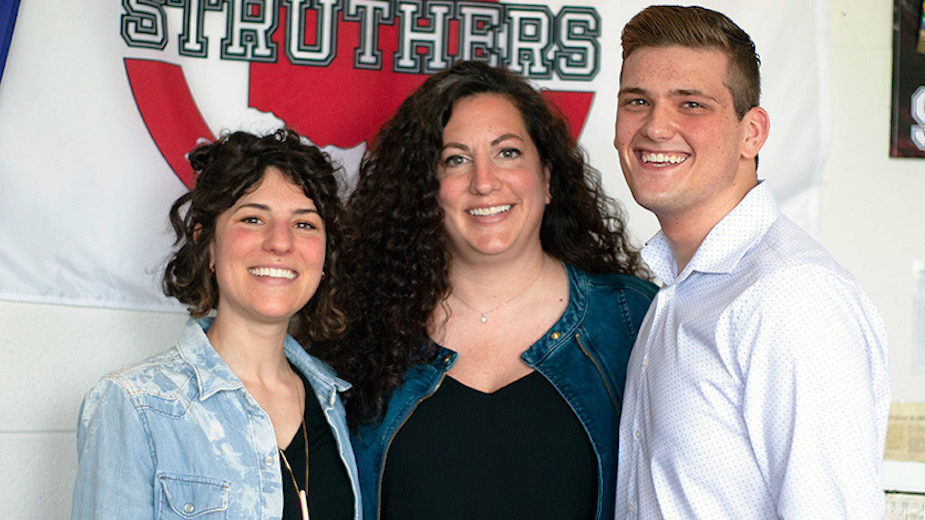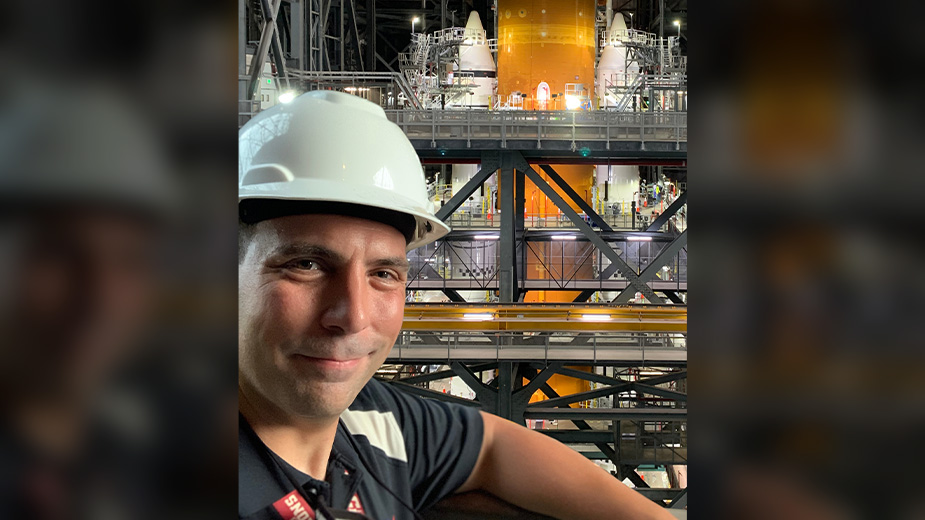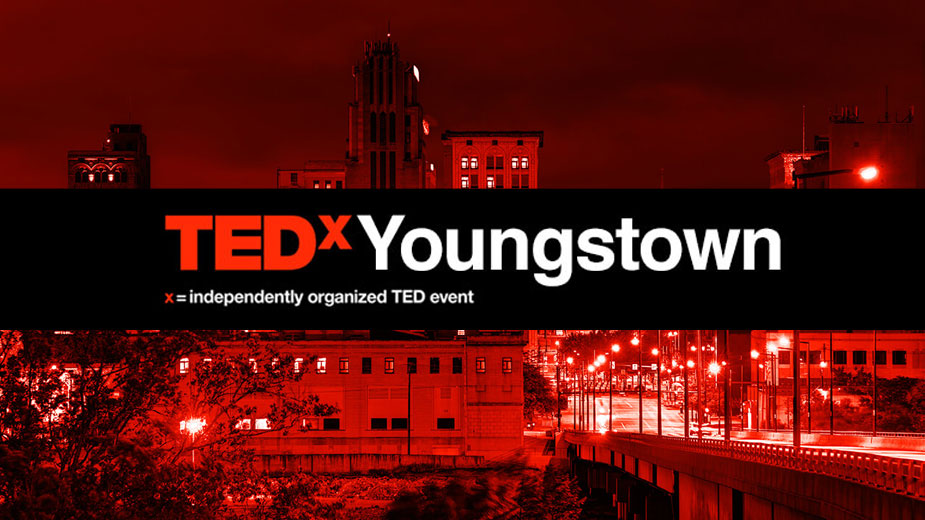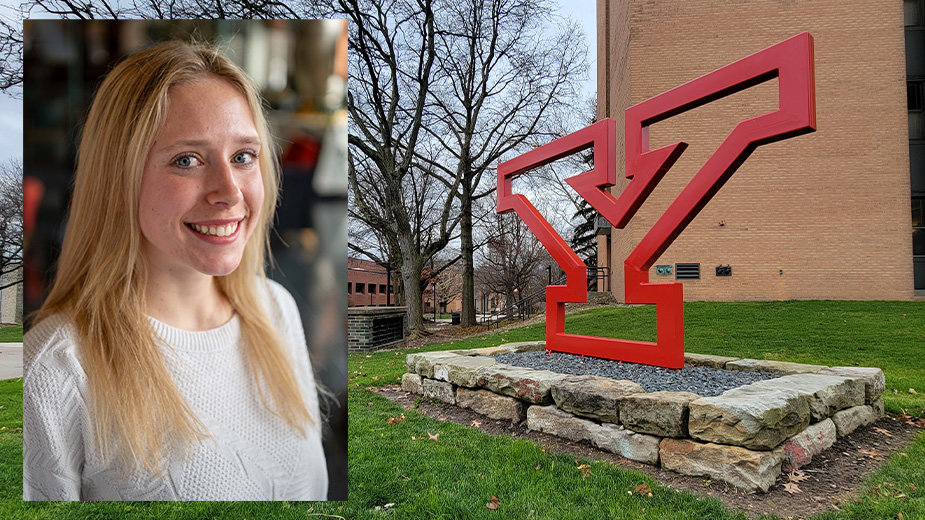Struthers Asks Residents to Help Envision City’s Future
STRUTHERS, Ohio — The city of Struthers is on the precipice of change, and community members and leaders are leading the way.
Mayor Catherine Cercone Miller says the city is moving forward with a “never say die” attitude and a realistic vision in hand. The city is in the midst of creating its first comprehensive plan with the help of residents and business owners, and so far, the outlook is bright.
“We’re moving forward and we’re going to get there one way or another,” Miller says. “We have a no-quit, never-say-die attitude here and we’re just going to keep moving.”
The comprehensive plan, which would establish a framework to guide growth and development in the city over the next 10 years, is projected to take 18 months to complete. The first phase was an analysis of existing conditions. Now the city is finishing the community engagement phase.
The city retained KO Consulting, a Struthers-based economic and community development consulting firm, to come up with a revitalization plan based on community feedback.
Samantha Yannucci, KO Consulting director of planning and community development, came up with the idea of creating a virtual, interactive space for residents to voice their opinions and ideas of what they want to see for the future of their city.
The online platform, named “Discover Struthers,” was instrumental in obtaining feedback. Miller and Yannucci also made it a priority to reach those who might not be as tech savvy and to have face-to-face conversations. From knocking on doors to holding focus groups with the elderly and high school students, Miller made sure the entire community had a say.
WANTS AND NEEDS
Yannucci says over 500 residents engaged with the platform, and the most pressing concern overall was “social infrastructure.” She defines the term as an “environment’s capacity to enable spontaneous interactions and allow people places to meet up and hang out with peers.”
Both the older and younger respondents said they’re looking for places to mingle with peers.
Yannucci says the city’s best way to fill that need is to use its biggest existing asset: its streets. Increasing the walkability of Struthers would increase neighborly engagements, she says. Sreets can be designed in a way that encourages walking and biking; both forms of slow transportation that allow for engagement with others.
“It actually increases the chances that you’ll run into your neighbors and increases those spontaneous interactions that leads to a greater sense of community and a greater perception of trust in the community,” Yannucci says.
She adds that residents tend to feel safer when they see more people “out and about,” and more eyes on the streets leads to safer neighborhoods.
Investing in walkable cities, whether through allocating funds to repaint pedestrian walkways and crosswalks or building diverse housing close to downtowns, also attracts diverse populations and creates jobs; both of which are goals for Struthers.
According to the Chicago Metropolitan Agency for Planning, 63% of millennials and 42% of boomers would like to live in a place where they don’t need a car. And, reports the National Association of Realtors, 62% of millennials prefer to live in a walkable community where a car is optional. If cities seem less auto-dependent, the more appealing they become to a wider range of ages.
“Cities all around the world that have this social infrastructure embedded in their streets have a better perception from their community,” Yannucci says. “They think people have better intentions than in an auto-centric society where you’re not meeting people and running into people.”
Creating a walkable city gives Yannucci and Miller yet another challenge – giving residents places to walk to. Cafes, bookstores and barbershops are businesses that Yannucci says fall under the “social infrastructure” umbrella. These types of businesses allow for interaction between patrons without them spending too much money or at the risk of loitering.
THE PLACE TO BE
Ramping up social infrastructure and addressing the community’s desire for communal spaces, such as cafes and bookstores, means the city needs to attract businesses.
“We have a great relationship with our business owners. It’s not like ‘What can you do for me as a business coming into the city?’ We’re the exact opposite,” Miller says. “We are: ‘How can we help you succeed? How can we help you get what you need? How can we partner and form some kind of relationship to help not just the business but the city, the residents?’”
Yannucci says the Castlo Industrial Park is a huge plus for the city. The 120-acre brownfield is primed and ready for new businesses to settle into, and its ideal location between Pittsburgh and Cleveland makes it even more desirable, says Miller.
The prospect of bringing in new industry gives the city a chance to re-invent itself.
Struthers had a symbiotic relationship with the steel industry until it came to a screeching halt in the late 1970s. As the industry grew, so did the city — when the industry fell to its knees, so did Struthers.
A September day in 1977, Black Monday, foreshadowed the closing of Youngstown Sheet and Tube Campbell Works when 5,000 workers lost their jobs, livelihoods and futures. Thousands more lost their jobs in the years following as the steel industry crumbled. And in the five decades that followed, the population of Struthers plummeted. According to U.S. Census data, the city’s population fell from nearly 16,000 at its peak in the 1960s to around 10,000 in the latest census.
The cultural shift from the steel city mentality was slow, but Youngstown and its suburbs paved a new way into the auto industry until it hit a snag. The closure of the Lordstown GM plant was another blow to the area’s blue-collar workers. Then Lordstown Motors’ subsequent arrival and the construction of the Ultium Cells plant brought hope.
Yannucci hopes the city rides on the coattails of the electric vehicle industry and becomes another option for the incoming workforce to call home. That possibility poses yet another challenge: housing.
KEEPING THE NEXT GENERATION
A mix of housing options is another priority brought up by the community, especially among the younger generation. Struthers is mostly comprised of single-family homes, and a lack of apartments and multi-family units deters young people from moving or staying in the area, says Yannucci.
Millennials make up about 43% of new home purchases in the United States, up from 37% in 2021, according to the National Association of Realtors. However, those born before 1989 make up a larger share of new homeowners than younger members of their cohort. Many choose to rent or still live with their parents, according to 2020 census data.
Miller says she was surprised by the responses she received from the younger generation. She expected outlandish or fantastical ideas, but she was met with a thoughtful and realistic vision.
“I think they want to see this area change; they want to have a reason to stay here,” Miller says. “Their family is here and they have that sense of belonging. So I think they want to see that change and be a part of it too.”
A.J. Elia, a lifelong Struthers resident and senior at Youngstown State University, says he plans to stick around his hometown for his family.
“I want to be able rent an apartment downtown. I honestly don’t want to have to have a single-family home,” Elia says. “And I think if you can provide those options, that would also help young people.”
Elia, a political science major and intern for the city, says Struthers has a lot going for it – a sense of community, history and culture – but he wants to see significant economic development.
“Will there be enough economic diversification to foster a strong economy and a base where you can raise a family successfully and not live under so much financial stress? Are those opportunities going to be there for us?” Elia asks. “We have everything else, we just need that and if we solve that piece, we’ll be fine.”
WHAT’S NEXT?
Yannucci says encouraging younger people to move to or stay in the city is a multifaceted problem. Expanding the housing stock without increasing job opportunities would result in vacancies. But increasing job opportunities with no housing stock would prevent people from moving into the city.
Miller says both issues need to be solved and putting it all together is the comprehensive plan’s goal.
“It’s a puzzle. We have to just figure out how to put everything together,” Miller says.
KO Consulting and the mayor met with downtown businesses owners to hear what concerns they have, and the consensus was a lack of parking.
Yannucci says a possible solution is a shared parking strategy. She says data points show that parking is only ever at 20% capacity because the downtown businesses have different peak times of operation. A shared parking strategy would satisfy the need for parking without dominating downtown with parking lots, she says.
“That’s what you want in a downtown environment. You could have parking that’s better defined and more navigable, and it could be part of a greater vision,” Yannucci says. “It’s about getting people on board to contribute to the downtown vision and not just to their individual businesses.”
The plan is projected to wrap up at the end of the year and after that the implementation process begins. As KO Consulting works on the plan, the firm is also working on finding and securing grants to ensure the community’s ideas come to fruition.
“It’s not really a reactive thing, but it’s more of a proactive thing. We’re not saying, ‘How do we do this after the fact that it’s already happened,’” Miller says. “We want to be the first one to the table with some of these ideas and jump on a lot of them. But that’s going to be part of the implementation after we have this plan in place.”
Pictured at top: KO Consulting Director of Planning and Community Development Samantha Yannucci, Mayor Catherine Cercone Miller, YSU Student and City Intern A.J. Elia
Copyright 2024 The Business Journal, Youngstown, Ohio.



